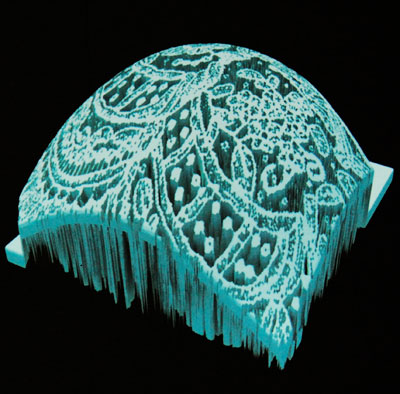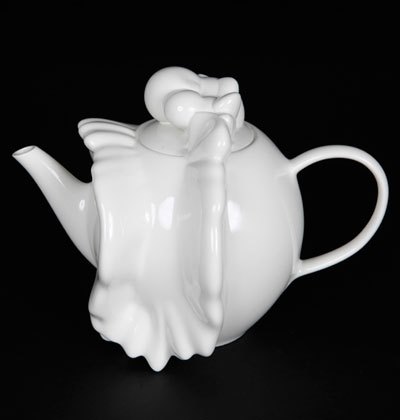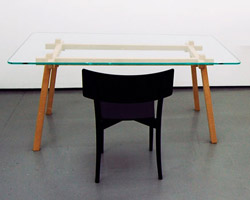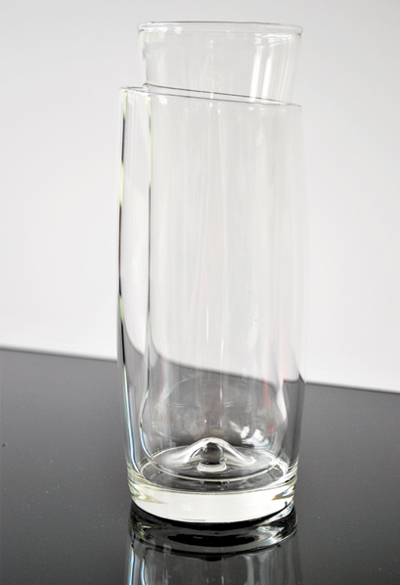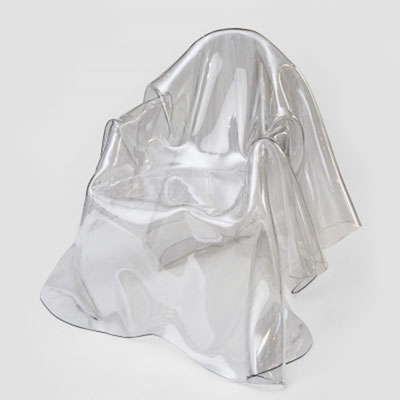KEEP UP WITH OUR DAILY AND WEEKLY NEWSLETTERS
PRODUCT LIBRARY
explore the design and architecture of the paris 2024 olympics, as well as the city shows coinciding with the games.
connections: +610
TERRA COSMOS deciphers new desires and expectations of consumers in search of awe-inspiring experiences through a vision of the future.
connections: 1
as visitors press the keys, a gooey liquid is brought to life, dancing hypnotically in sync with the chilling tunes.
connections: +250
watch iF Design's panel - power of place - livestreamed and moderated by designboom during NYCxDesign 2024.
connections: 90
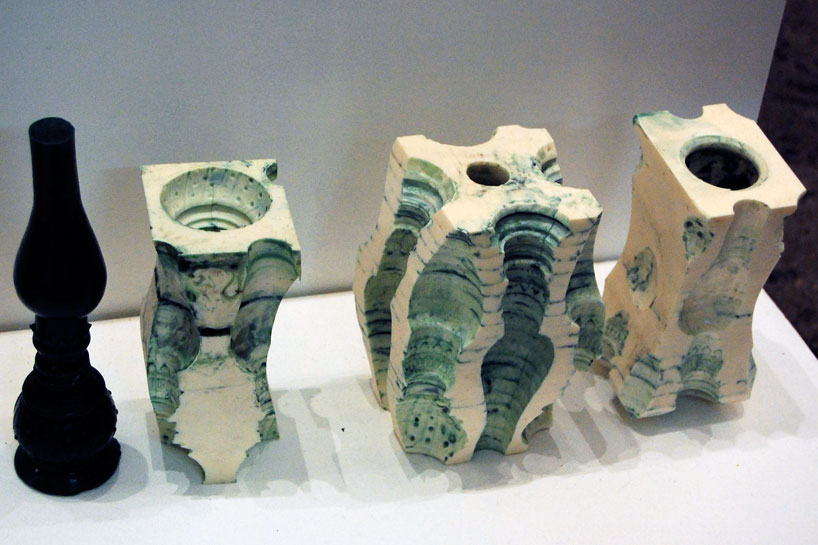
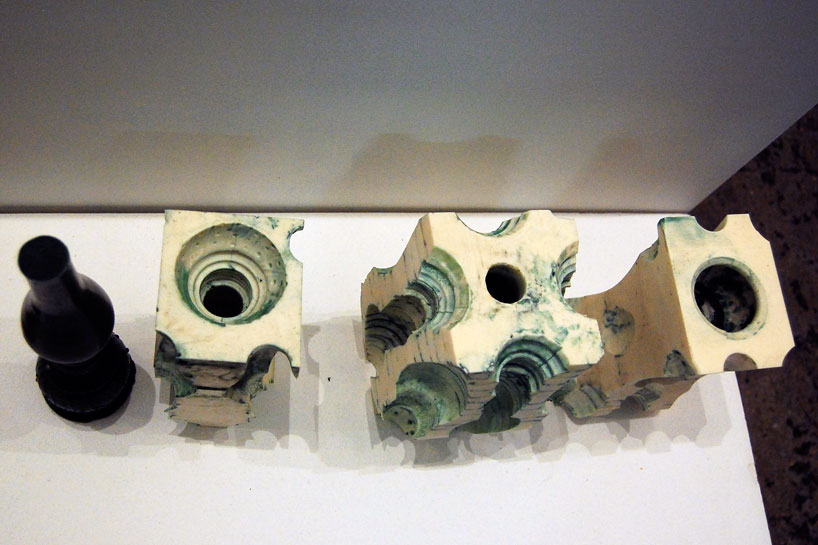 this set was modeled using green wax that is typically used for lost wax casting. the ancient look and marble effect of these vases is created by the green wax that has been melted and trapped in resin cast process. image © designboom
this set was modeled using green wax that is typically used for lost wax casting. the ancient look and marble effect of these vases is created by the green wax that has been melted and trapped in resin cast process. image © designboom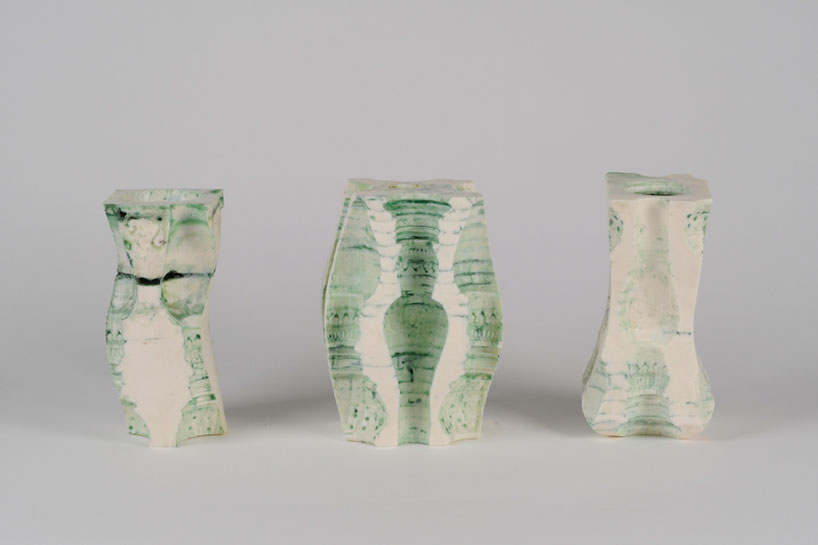 series of 3D batik vases
series of 3D batik vases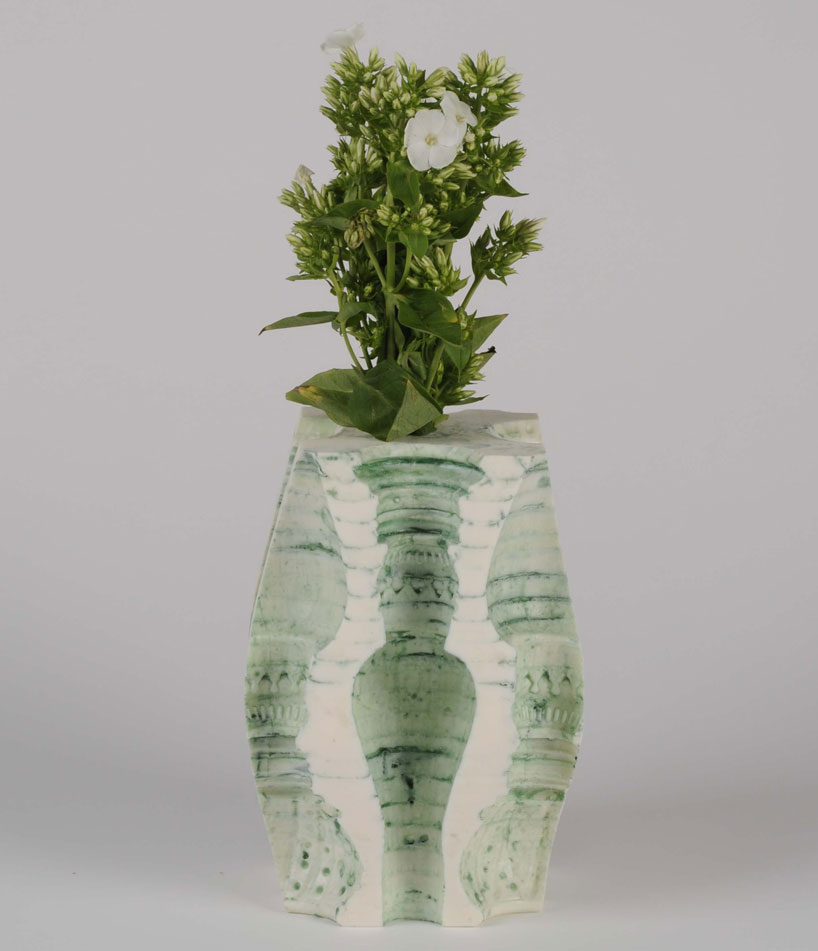
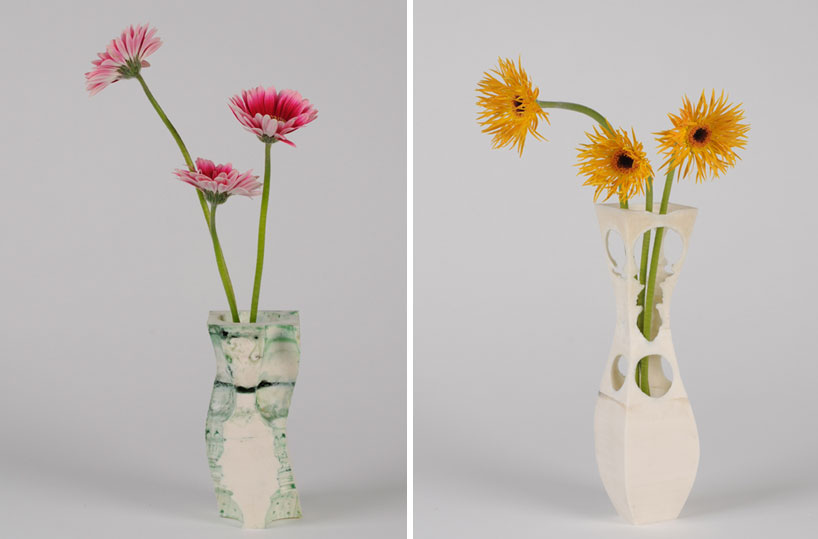
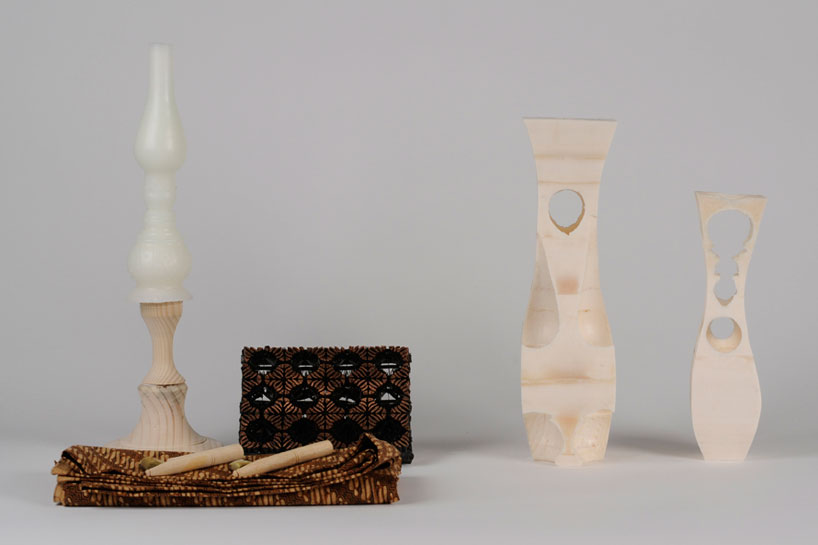 traditional batik tools with 3D batik vases
traditional batik tools with 3D batik vases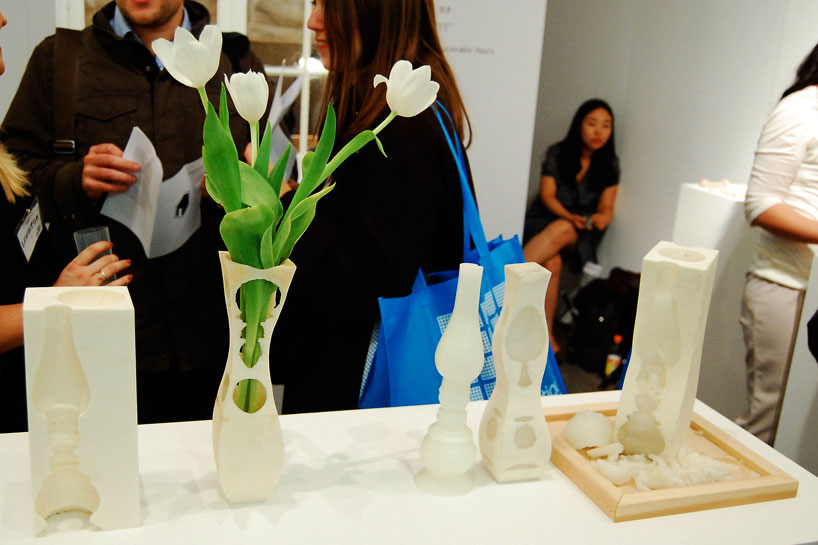 3D batik display at tent london image © designboom
3D batik display at tent london image © designboom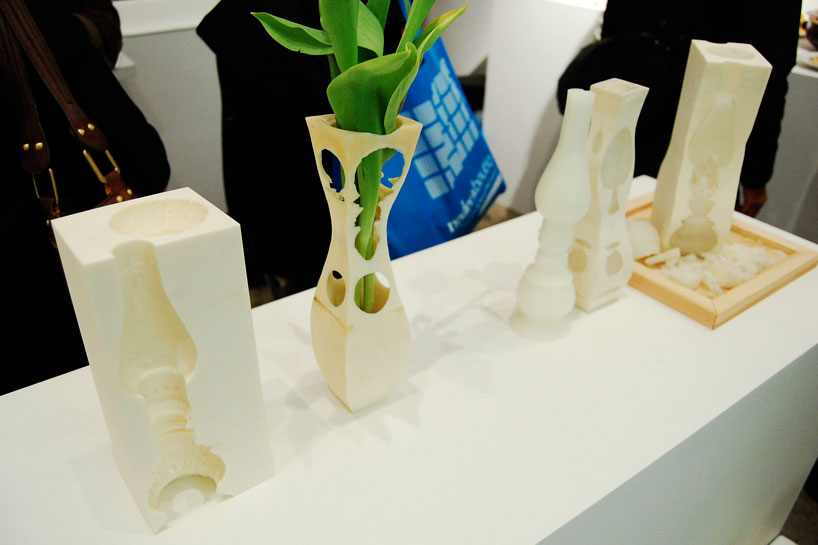 vases image © designboom
vases image © designboom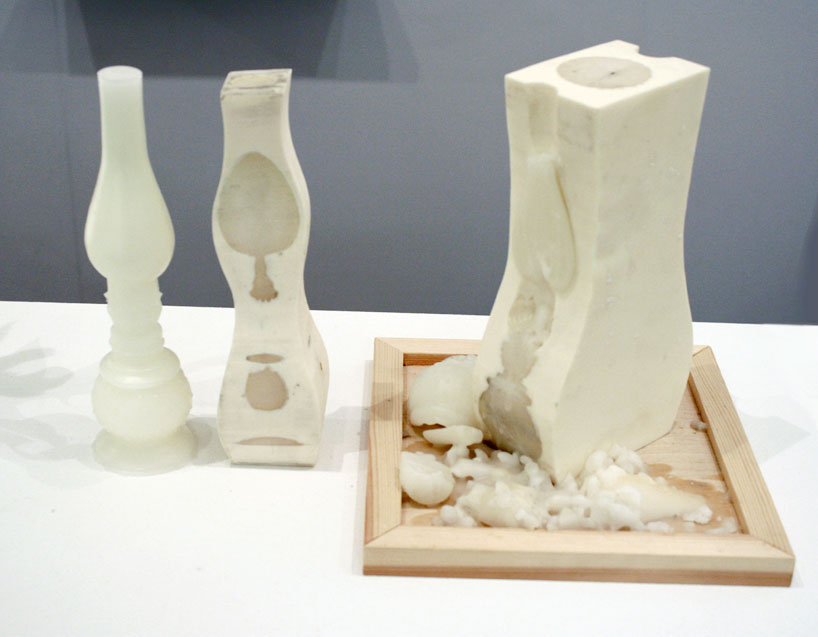 moulds, resin and wax…
moulds, resin and wax…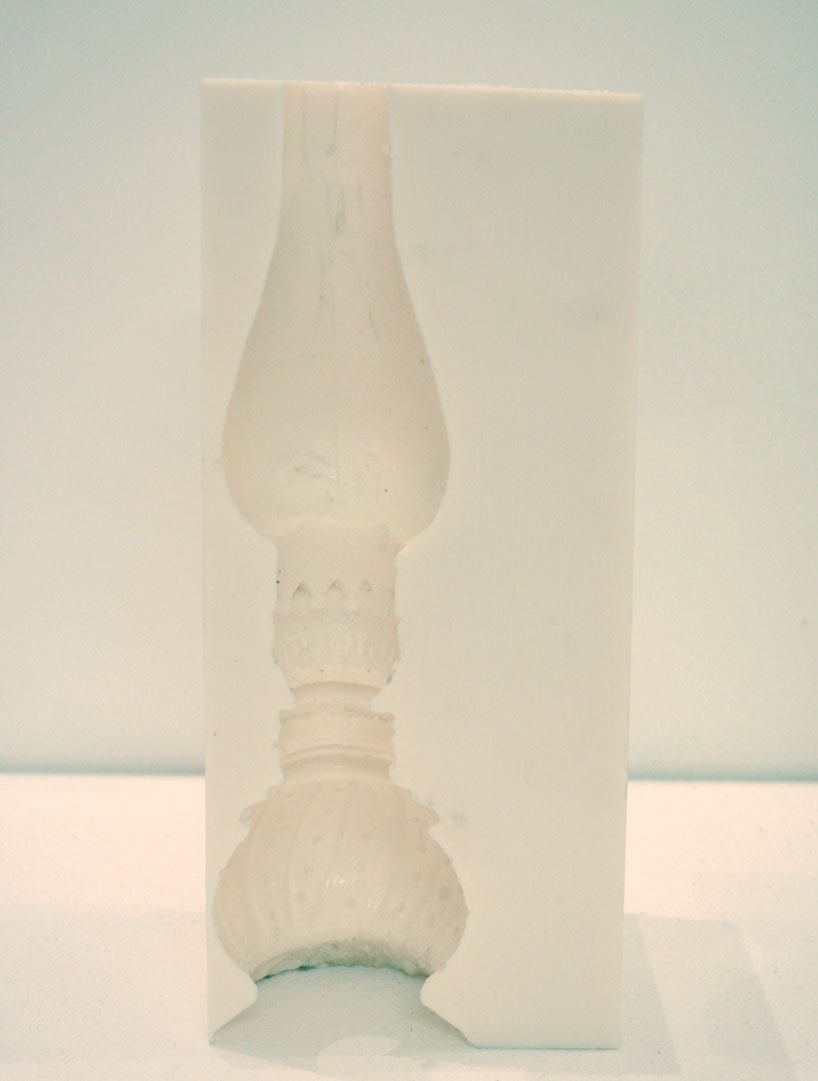 up close of a mould
up close of a mould traditional batik tools image © designboom
traditional batik tools image © designboom